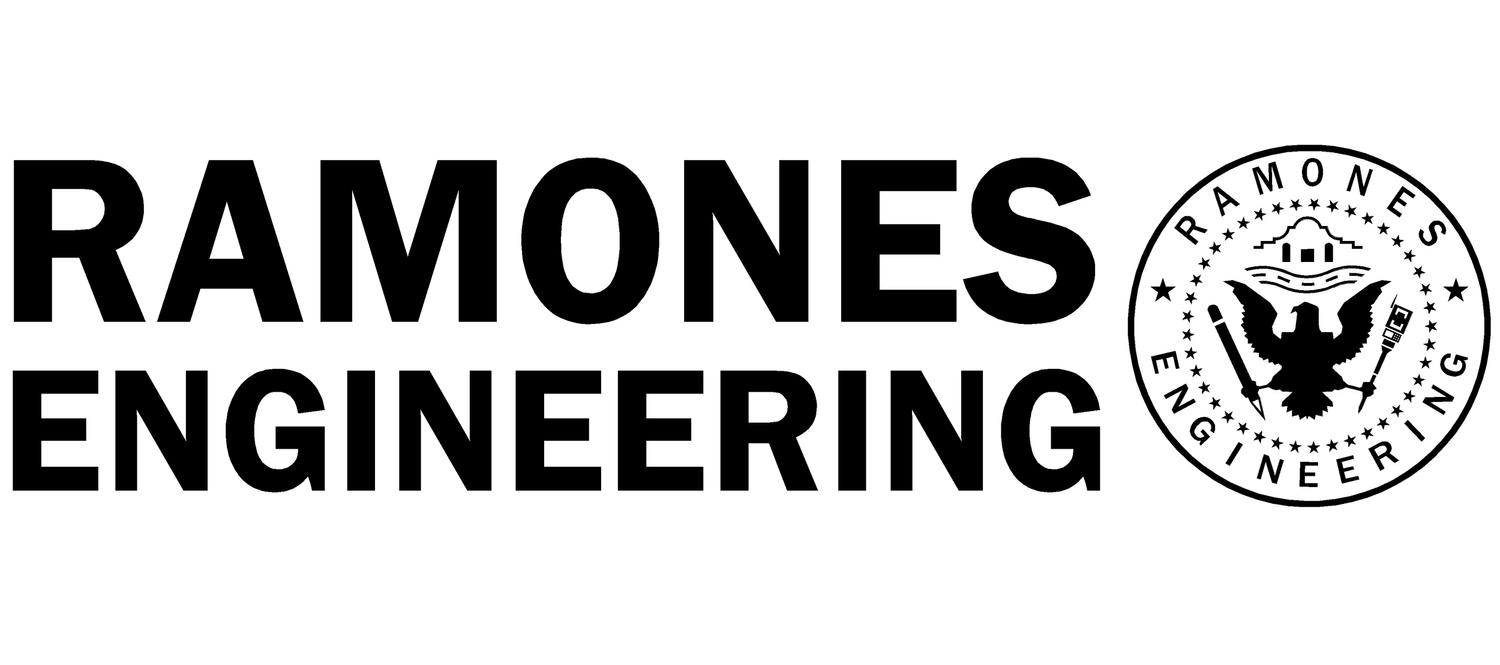Life on the Curve
As an engineer, I’ve always seen the world through the lens of systems and structure. But one of the most useful tools I’ve come across isn’t from a design manual or a code book. It’s the bell curve.
We usually learn about it in school. Test scores, IQ, reaction time — most things spread across a curve. A few people land at the top, a few at the bottom, and most fall somewhere in the middle.
At some point I realized that curve doesn’t just apply to academics or technical data. It shows up in real life.
Fitness. Income. Communication. Confidence. Skill growth.
Even the shape of a good day.
The curve is everywhere.
I used to expect to be at the top of every curve. That belief drove me for a long time — in school, in my engineering career, and even when I started my own business. But eventually I hit a point where the math didn’t match the story I was telling myself. I had to sit with that. And when I did, something shifted.
I stopped obsessing over being the best at everything.
I started getting honest about where I actually stood.
And I began asking better questions: Is this curve worth climbing? Am I on the right one? What would happen if I switched?
That’s what this idea is about. Not being the best, but being aware.
Because once you see the curve, you can stop wasting time chasing the wrong metrics. You can move more intentionally. You can build a life that actually makes sense for you.
This perspective changed how I approach almost everything — from how I train, to how I work, to how I manage money and time. I ended up writing a book about it called Life on the Curve. It’s a collection of lessons from real experiences, told through the lens of curve-based thinking. Not as a formula, but as a framework.
If that sounds useful, you’ll probably like what’s coming next.
-Nick
Nicholas M. Ramones, PE
Principal, Ramones Engineering PLLC
San Antonio, Texas
